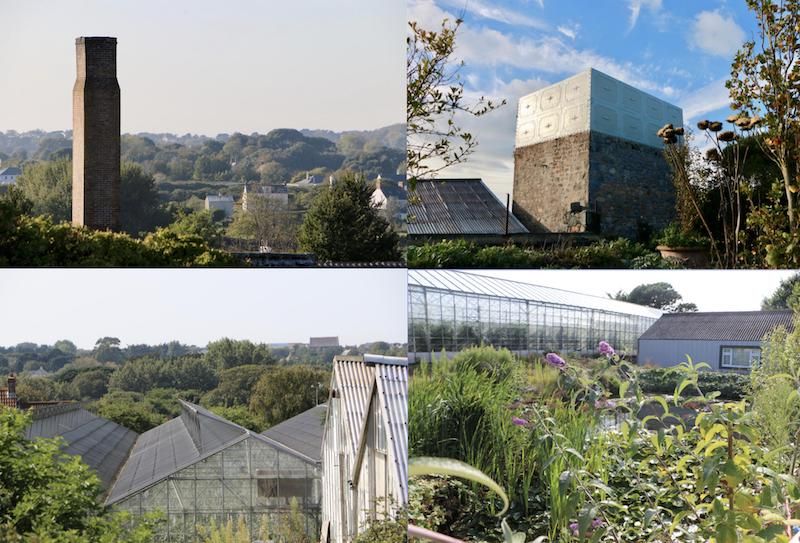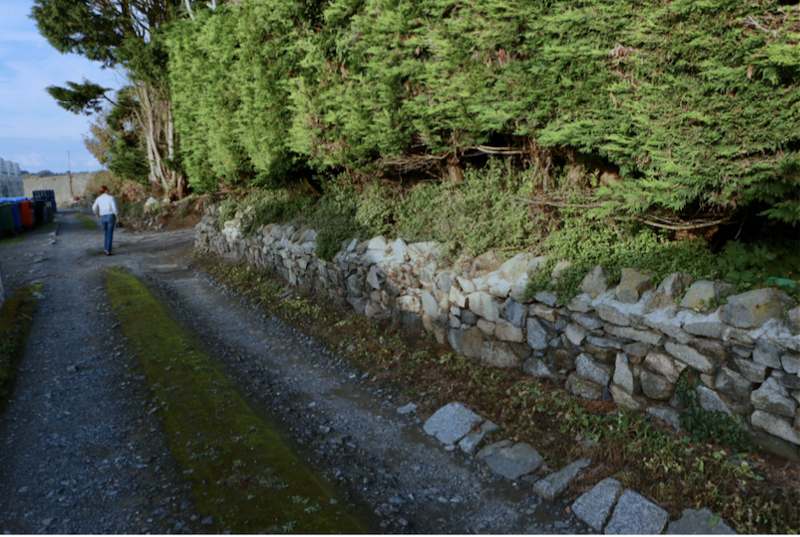


The Delancey Conservation Committee has made an impassioned plea to preserve the area's historical structures and reject plans to develop the site for housing.
The committee has catalogued the site, which is designated in the planning law as a conservation area, and its historical features in the hope that doing so will convince planners not to approve development.
The site's owners have asked for permission to construct 68 properties on their land. A draft development framework approved by planners has already indicated that, in their view, the site can hold an even greater number of properties than that.
The prospect of losing the site to residential development has angered the conservation committee, who are campaigning against the proposal by highlighting the area's historical significance.
One of the conservation area's landmarks is a water tower dating back to the 1890s.
"The Gervase Footit Peeks’ Victorian Water Tower was built in the early to mid 1890s, to supply water for Footit Peek’s St Clair Vinery/Channel Island Vineries Ltd company [founded in 1896], amongst the first commercial wave of exotic fruit producing glasshouses," the committee said. "Gervase Footit Peek, maverick entrepreneur, founder of the Guernsey Press, builder of trams and ships, was also a founder member of Blue Diamond Company, and his men built many of the vineries in the north of the island.
"It is unique as a highly designed water tower feature in the island, bearing the hallmark of Footit Peek’s artistic eye. It can almost be seen as an agricultural folly. It is also registered with the British Water Tower Appreciation Society, which keeps records of all notable water towers in the British Isles."

Pictured: The Victorian Water Tower following its restoration.
"The most remarkable feature of this water tower is not visible to the eye, and is therefore in special need of protection: namely, a system of underground pipes which, thanks to a piece of extraordinary Victorian hydraulic engineering, were able to bring water up to the vinery from the Waters Rocque spring and reservoir down the hill."
The site's boundary wall is under threat, according to the committee, by the planning application's request for roadside parking.
This would amount to an act of "cynical vandalism".
"The upper and lower half of the St Clair Vinery are divided by a distinctive low drystone wall running almost the entire length of the division," the committee explained. "Guernsey’s architectural historian, John McCormack, has inspected this, and also pointed out the half buried cobbled footpath and pavement that runs the length of the low wall. This wall he believes is a pre-1700 ancient boundary wall."

Pictured: This path, which is the entrance to the site, was "an important, if modest, local route leading north, to the old farmsteads and early cottages of the Robergerie" in the 18th century.
There are many other features in the area which the committee say are of historical notoriety, such as:

Pictured: One of the brick boiler chimneys at Pointues Rocques. This one serves the glasshouses.
Following a request, from the Constables and Douzaine of St Sampson, the consultation period for the current application on the Pointues Rocques site has been extended until Friday 4 October, having originally been the end of this month.
"This request was made because a meeting of the Constables and Douzaine of St Sampson was unable to be held within the original consultation period and therefore, their representation could not be finalised," the Planning Department confirmed. "The decision was made by the Development & Planning Authority in line with sections 6 and 7 of the Charter between the States of Guernsey and the Parish Douzaine, which states that Douzaines will be given “sufficient information to enable them to reach an informed view on the matter, and give them adequate time to respond.”'
Pictured top: Some of the historic features contained within the conservation area (All pictures supplied by the Delancey Conservation Committee).
Comments
Comments on this story express the views of the commentator only, not Bailiwick Publishing. We are unable to guarantee the accuracy of any of those comments.